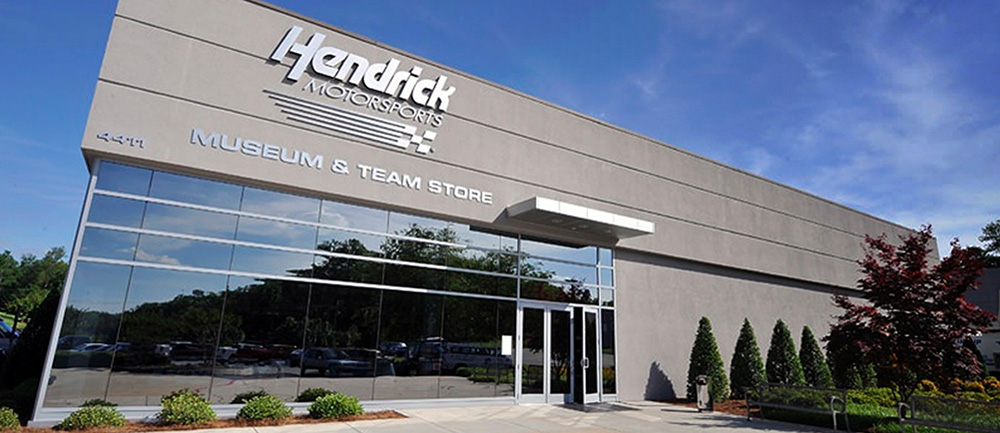CONCORD, N.C. – Every weekend, six pit crew athletes per team go over the wall to pit for the four Hendrick Motorsports NASCAR Cup Series cars.
However, the pit crew at Hendrick Motorsports expands far beyond those starters.
The developmental pit crew program brings in new recruits each year and trains them to be pit crew athletes.
Keith Flynn is the developmental pit crew coach at Hendrick Motorsports, a role he has held since 2014. Prior to his current position, Flynn served as the assistant pit crew coach for the Nos. 48 and 88 teams.
Below are five things to know about Flynn and his job with the developmental pit crew athletes.
1) Flynn begins the recruitment process by traveling to colleges in the area of the racetracks on race weekends to build a list of potential candidates.
“In the spring, we will start with our pit crew combines where we bring them on campus and we whittle those names down to 35,” Flynn said. “We bring them in for a two-day minicamp and then from that minicamp we will decide our incoming class.”
The chosen athletes will formally join the team in the fall on signing day.
2) Most pit crew athletes are former college football players.
“We take the big guys as fuelers, the intermediate guys -- the linebacker, tight-end type guys -- as jackmen and carriers, and we take the smaller receivers, the hand-eye coordination guys as changers,” Flynn shared. “So I would say 90 percent of our guys are from football and the other large percentage of our guys come from wrestling.”
3) Flynn and his team focus on recruiting athletes that can handle high-stress situations.
“What we look for is an ability to demonstrate that they enjoy and thrive on being in pressure situations,” Flynn explained. “So if they are guys that have wrestled in championships, played in championship games, played the quarterback or other positions that are in a stressful environment, then we like them even more.”
Additionally, Flynn seeks athletes that demonstrate leadership skills and have a promising fit factor within the organization.
“We like the guys that have been captains in some stage of their former athletic career,” Flynn said. “From there it’s a conversation that we have with their coaches so we can gauge what type of fit factor they are going to have here.”
4) The period of time that it takes for the developmental pit crew athletes to become proficient in their position can take anywhere from six months to three years, depending on the position.
“Usually for the tire changers it takes them a little while longer,” Flynn said. “It is a process for those changers. It is a tough deal. It’s hard for them to see every situation that they are going to encounter in a race in a short period of time.”
While tire changing can be the most challenging to learn, tire carrying can be learned fairly quickly.
“We can get tire carriers ready to go in six to eight months,” Flynn said. “After their first year they can go on to a good NASCAR XFINITY Series car.”
“The positions in-between are the jackmen and the fueler -- we can get those guys pretty proficient in a year-and-a-half to two years.”
5) Flynn advises collegiate athletes that are interested in becoming pit crew members to demonstrate their desire and be persistent.
“Continue to train and show a hunger or desire to learn a new sport, the same hunger and desire that they had for their previous sport,” Flynn shared. “You have to come in great physical condition and you have to be persistent. There are a lot of guys that want to try this and you have to be persistent and stay in touch and when you get your opportunity at the combine or the minicamp, you have to perform.”








